What Makes A Hurricane 'Major'?

What Makes a Hurricane 'Major'?
Introduction
Hurricanes are one of the most destructive natural disasters on earth. One of the ways they are classified is by the strength of their winds and their potential for damage. In this article, we will discuss what makes a hurricane 'major.' Understanding this concept is essential for anyone living in hurricane-prone areas or interested in learning more about these powerful storms.
Understanding Hurricane Categories

How Hurricanes are Categorized
Hurricanes are categorized based on their wind speeds, using the Saffir-Simpson Hurricane Wind Scale. This scale ranges from Category 1 (74-95 mph winds) to Category 5 (157+ mph winds).
Category 1 hurricanes are considered to have minimal damage, while Category 5 hurricanes are considered catastrophic, often resulting in loss of life and complete destruction of infrastructure.
What Makes a Hurricane 'Major'
A hurricane is classified as 'major' if it falls into Categories 3, 4, or 5. These hurricanes have wind speeds of 111 mph or greater and have the potential to cause significant damage and loss of life.
What Factors Contribute to a Major Hurricane?
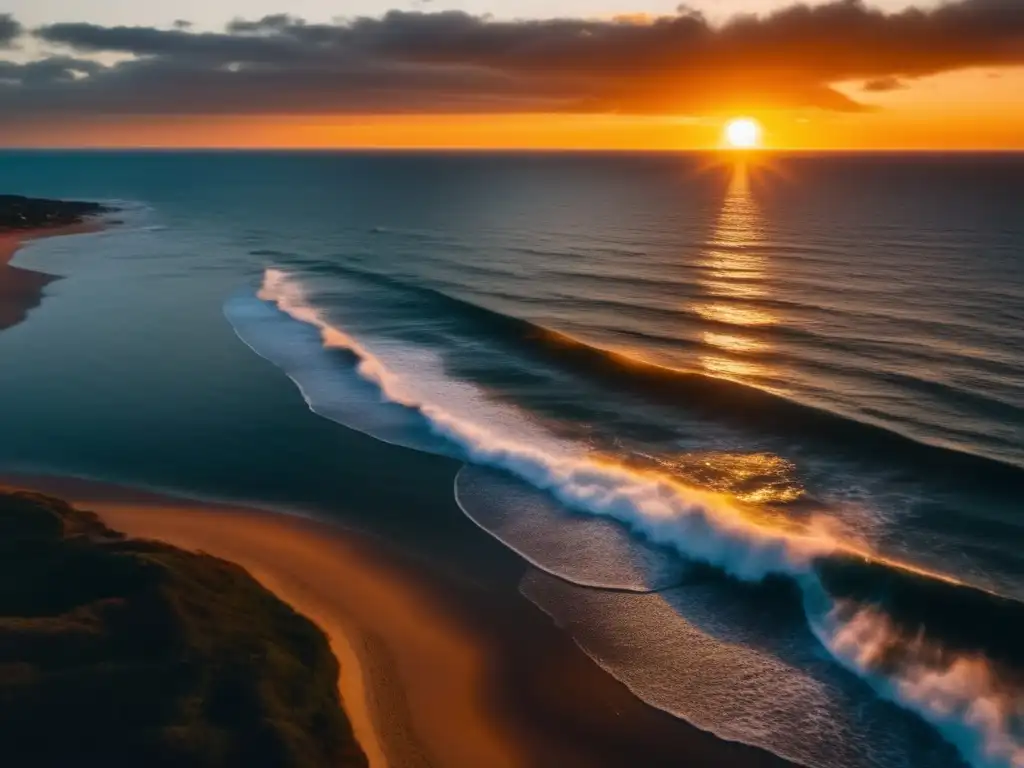
Warm Ocean Water
One of the most critical factors contributing to a major hurricane is warm ocean water. Hurricanes need water temperatures of at least 80°F (27°C) to strengthen, and warmer water can fuel them even more.
Low Wind Shear
Another key factor is low wind shear. Wind shear is the change in wind speed and direction at different heights in the atmosphere, and high wind shear can prevent hurricane formation or weaken existing hurricanes. Low wind shear allows hurricanes to form and strengthen more easily.
Moisture and Instability
A third factor is moisture and instability in the atmosphere. When there is an abundance of moisture and instability, thunderstorms can grow and merge into a tropical disturbance or depression, which can then become a hurricane.
Coriolis Effect
The Coriolis effect, caused by the earth's rotation, also plays a role in a hurricane's spin and movement. Without this effect, hurricanes would not rotate, and their paths would be different.
The History of Major Hurricanes
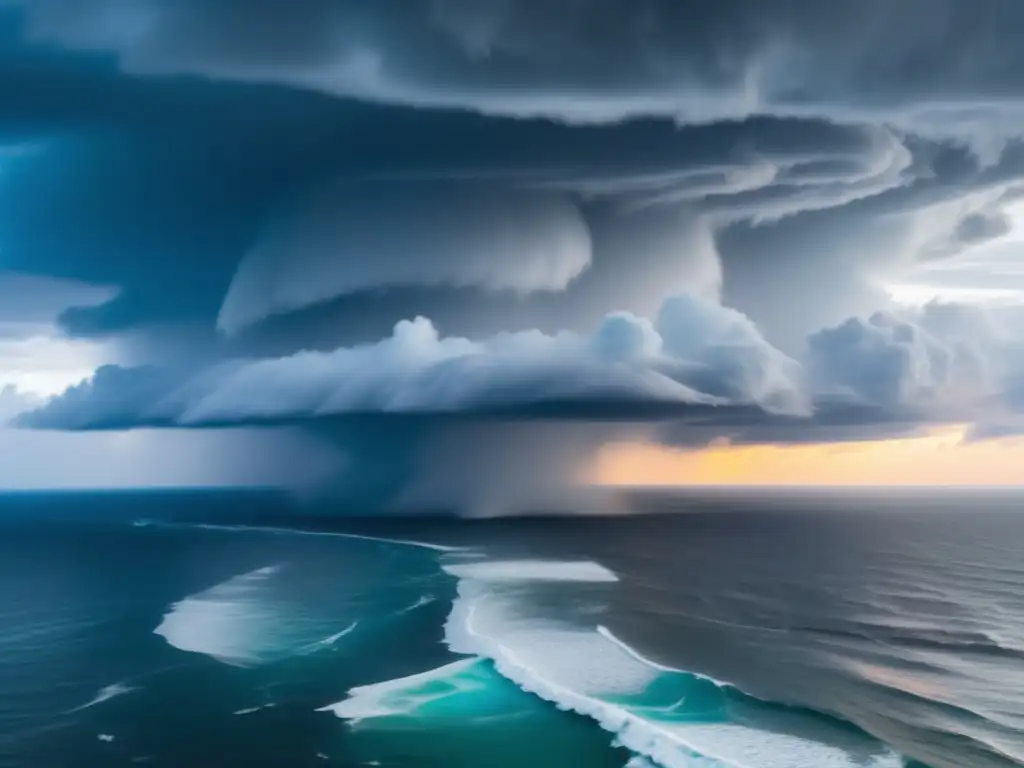
Some of the Most Destructive Major Hurricanes
Throughout history, there have been many major hurricanes that have caused significant damage and loss of life. In 2017, Hurricane Harvey, a Category 4 hurricane, made landfall in Texas, causing $125 billion in damages and killing 68 people.
In 2005, Hurricane Katrina, a Category 5 hurricane, devastated New Orleans and the surrounding areas, causing approximately $125 billion in damages and resulting in the deaths of over 1,800 people.
Historical Trends
There has been an increase in major hurricanes in recent years, with some scientists attributing this increase to climate change. The Atlantic hurricane season has also been starting earlier and lasting longer than in previous decades.
Frequently Asked Questions
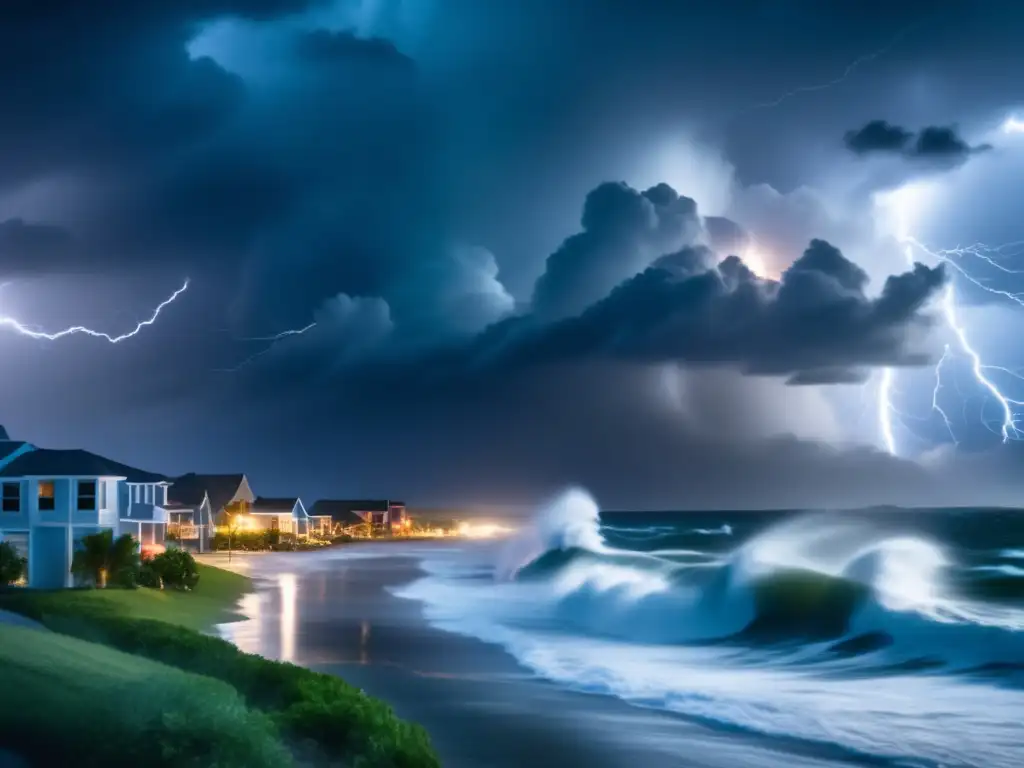
-
What is a major hurricane?
A major hurricane is a hurricane that falls into Categories 3, 4, or 5 on the Saffir-Simpson Hurricane Wind Scale, with wind speeds of 111 mph or greater.
-
What factors contribute to a major hurricane?
Factors that contribute to a major hurricane include warm ocean water, low wind shear, moisture and instability in the atmosphere, and the Coriolis effect.
-
What are some of the most destructive major hurricanes in history?
Some of the most destructive major hurricanes in history include Hurricane Harvey in 2017 and Hurricane Katrina in 2005.
-
Is climate change contributing to an increase in major hurricanes?
Some scientists believe that climate change is contributing to an increase in major hurricanes.
-
How can I prepare for a major hurricane?
People living in hurricane-prone areas should have an emergency kit and evacuation plan in place and stay informed about potential storms through local news and weather reports.
Conclusion
Understanding what makes a hurricane 'major' is crucial for anyone living in hurricane-prone areas, as these hurricanes have the potential to cause significant damage and loss of life. Warm ocean water, low wind shear, moisture and instability in the atmosphere, and the Coriolis effect all contribute to a hurricane's strength and impact. With the increasing trend of major hurricanes, it is essential to stay informed and prepared for potential storms.
If you have any additional questions or insights about what makes a hurricane 'major,' please leave a comment below. Thank you for taking the time to read this article on hurricaneinsider.org.
Additional Resources

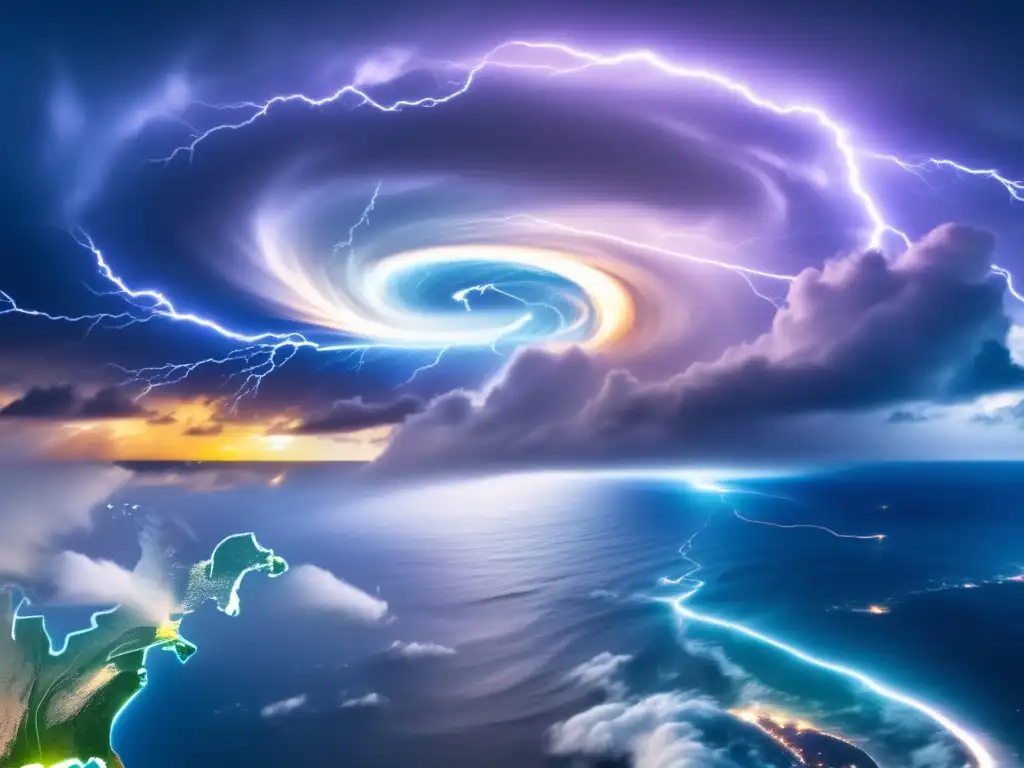 The Most Hurricane-Prone Regions In The World
The Most Hurricane-Prone Regions In The World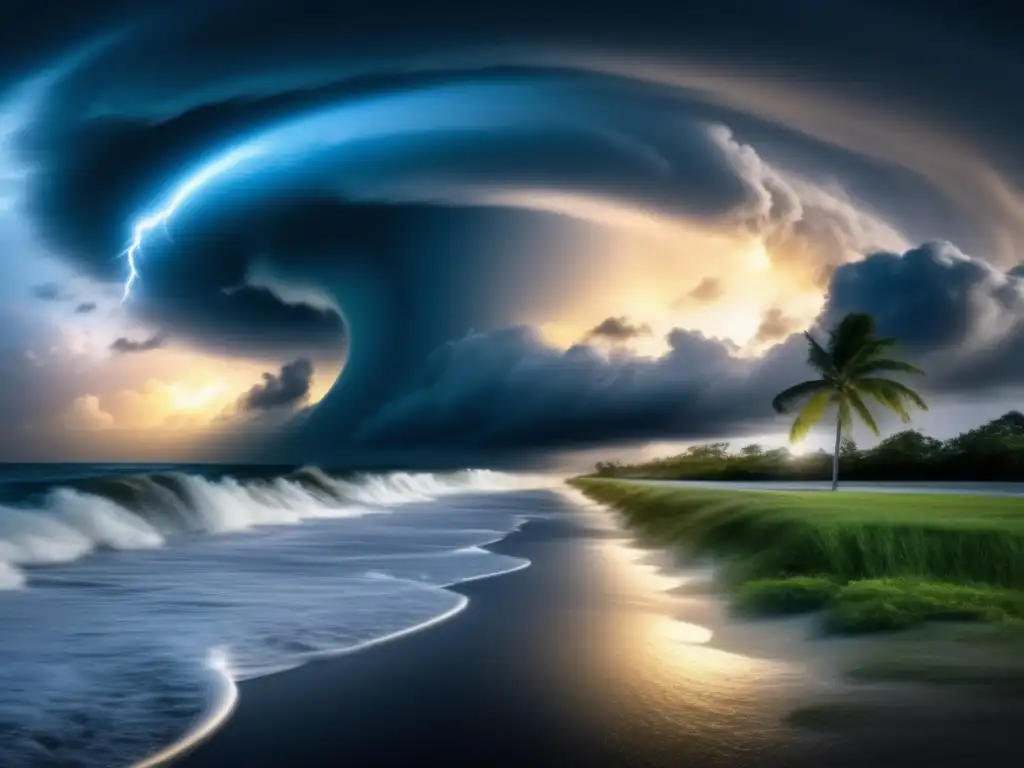 Why Hurricanes Weaken Over Land
Why Hurricanes Weaken Over Land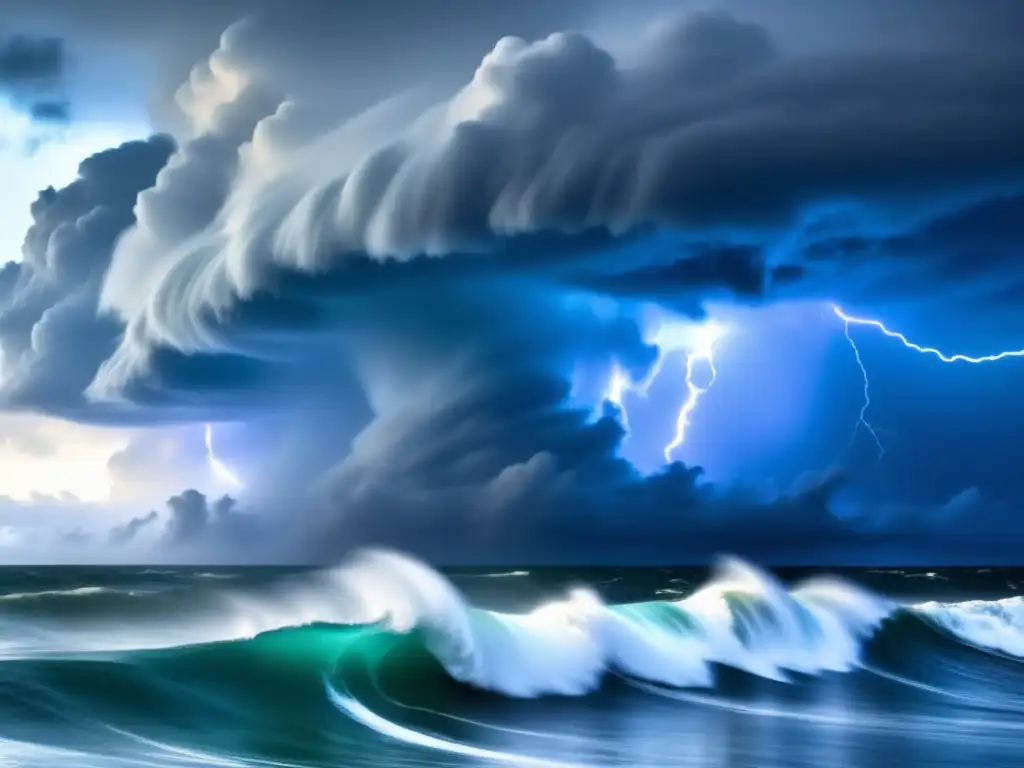 Rainfall Patterns During Hurricanes
Rainfall Patterns During HurricanesIf you want to discover more articles similar to What Makes A Hurricane 'Major'?, you can visit the Basic knowledge about hurricanes: category.
Leave a Reply

Articulos relacionados: